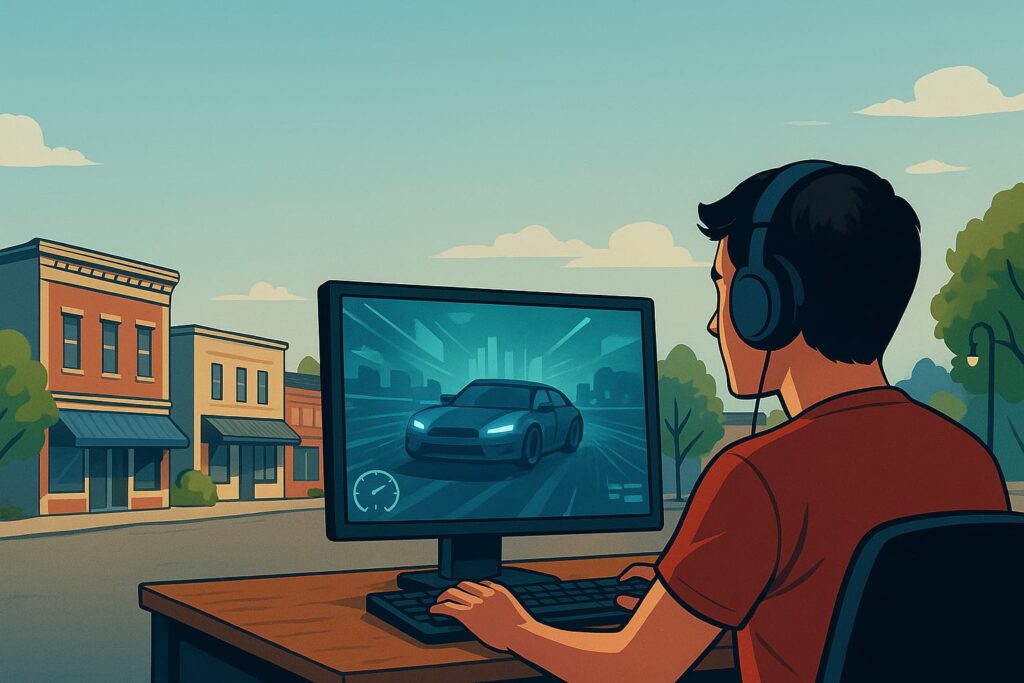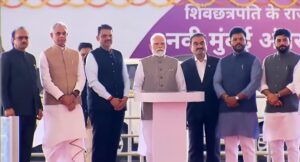The Silent Gaming Boom in Small Towns: Why Tier-3 Cities Are the New Growth Market

The Silent Gaming Boom in Small Towns: Why Tier-3 Cities Are the New Growth Market
The gaming ecosystem is defined by a few distinct features, attracting tech-savvy individuals who are well-versed with online payments, gaming hardware, and other cutting-edge innovations, as well as the digital way of life. So, while rummy enthusiasts in rural India may be familiar with rummy game rules, urban youngsters seem most likely to engage in the game’s online versions.
Why, then, have studies in recent years projected small-town India as the driver of gaming growth in the country? Immediately after the pandemic, over 30 tier-III cities reported more than 170% growth in gaming. Many other small towns saw over 100% increase in the number of local gamers. There is a silent boom that is sweeping the Indian games industry, and it is rising from the hinterlands.
Brewing Up in the Distance
Think of online game zones and esports events, and the urban centres like Delhi, Mumbai and Bengaluru come to mind. However, this doesn’t mean the gaming community is concentrated in these urban pockets alone. At least not anymore.
The non-urban uprising was prominent even a few years ago. A 2021 report, for instance, noted that places like Siwan in Bihar and Baimanagoi in Chhattisgarh had witnessed 123% and 179% growth in the number of online gamers. The same report, in its next annual edition, reported that Uttar Pradesh was the next hot destination for the gaming industry in India. UP and other high-growth states like Maharashtra, Rajasthan, Bihar and West Bengal are expected to unseat gaming hubs like Mumbai and Bengaluru from the top of the perch.
The progress is not limited to the growth in numbers alone. Leading gaming platforms have noted that tier-III city and rural Indian gamers have been outperforming as well. There has been a shift from urban dominance, as many platforms see more non-urban gamers in their leaderboards regularly.
It would be wise not to take the knowledge of rummy game rules of these gamers lightly. Many rummy platforms like RummyTime have seen more leaderboard winners coming from places like Kerala, Punjab, Bihar, Chhattisgarh and UP.
As the urban market is showing signs of maturity, the growth of tier-III and beyond has become even more noticeable. In the last 3-4 years, mobile gaming in tier-II and III cities has increased by more than 50%. KPMG reported last year that more than 60% of the gamers in India are now from non-urban areas, perhaps the most definitive of all findings.
Another market research has shown that metros now no longer occupy the top 10 gaming cities in the country. This list is heavily dominated by tier-II and III cities. In some platforms, these cities now account for even 70% of the gamer base.
The growth of gaming culture in tier-III towns and cities has been largely driven by a surge in smartphone usage, access to affordable data, faster internet and the convenience of digital gaming platforms.
What’s Driving Gaming in Tier-III Cities?
According to some estimates, India is home to more than 936 million internet users. This increase has largely come from villages and smaller towns and cities. Improved and affordable internet access and rapid smartphone adoption have been vital in this growth.
Affordability has been a key driver for gaming growth in India. Smartphones are available under ₹10,000, which can handle a fair amount of gaming. Data cost in India is among the lowest in the world. The 5G network is fast penetrating the inner reaches of the country.
Latching on to the affordability is India’s swelling middle class. This is an income group that has the disposable income to spend on in-app purchases, subscriptions, premium gaming features, and real-money games.
Special mention must be made about the localised content that has found easier access to the average Indian gamer. The adoption of games like rummy, Teen Patti and Ludo found quick relevance among Indian gamers. For tier-III citizens, it was an easy alternative for recreation compared to complex adventure games.
In the meantime, the gaming industry also developed a healthy tournament ecosystem. This made gaming more interactive and participative for the wider audience. By showcasing the desi gaming talents, these tournaments and events continue to attract large viewership. Popular rummy platforms, for instance, regularly organise tournaments with attractive prize pools.
Counter-Urbanisation of Gaming
As non-urban participation in gaming continues to rise, it is safe to say that the counter-urbanisation of gaming in India is a fact. Rapid digitisation has ushered tier-III cities, towns and villages into the gaming ecosystem. The ease and affordability of gaming, the improving digital infrastructure and localised content have popularised gaming in the country. The silent gaming boom in small towns is all set to continue.












